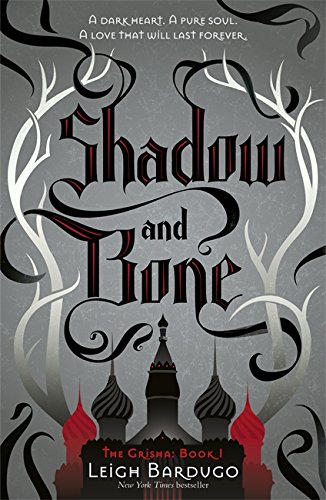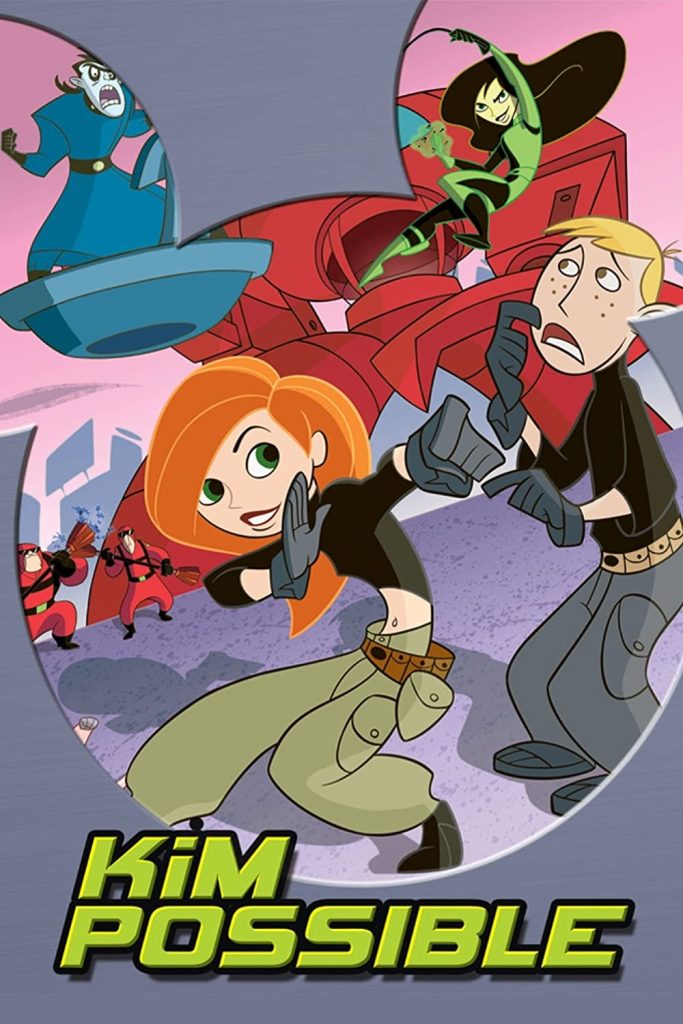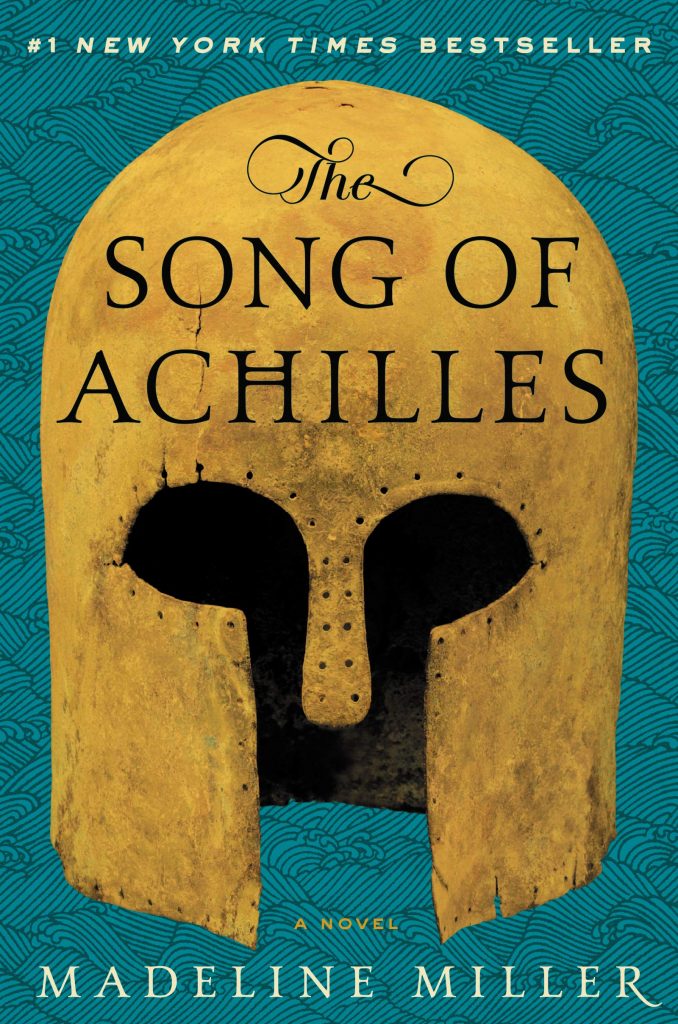 On April 23, Netflix will debut its newest highly anticipated adaptation: Leigh Bardugo’s Shadow and Bone. As a Bardugo fan, I find myself to be both excited and a little apprehensive, which is par for the course for adaptations. Will the show do the book you love justice (e.g. Normal People), or will it be completely unrecognizable (e.g. The Turn of the Screw-turned–The Haunting of Bly Manor)? Borne from a very specific, early 2010s trend in YA fantasy, this series has been a long time coming. For fans of YA literature, having your faves picked up by Netflix is like a dream come true, even if Netflix’s adaptation history is spotty (did anyone see the ending of The Chilling Adventures of Sabrina? What was that?!). Netflix is not beholden to the rules of network television, so there’s less chance that the story will be tampered with in order to appease a mass American audience—which is good news for this series, which tends towards dark subject matter and generally more “adult” themes. What’s more, without bending to please middle America, Netflix adaptations are more open to showcasing diversity (see their ultra-popular To All the Boys film trilogy, which previous studios had attempted to whitewash).
On April 23, Netflix will debut its newest highly anticipated adaptation: Leigh Bardugo’s Shadow and Bone. As a Bardugo fan, I find myself to be both excited and a little apprehensive, which is par for the course for adaptations. Will the show do the book you love justice (e.g. Normal People), or will it be completely unrecognizable (e.g. The Turn of the Screw-turned–The Haunting of Bly Manor)? Borne from a very specific, early 2010s trend in YA fantasy, this series has been a long time coming. For fans of YA literature, having your faves picked up by Netflix is like a dream come true, even if Netflix’s adaptation history is spotty (did anyone see the ending of The Chilling Adventures of Sabrina? What was that?!). Netflix is not beholden to the rules of network television, so there’s less chance that the story will be tampered with in order to appease a mass American audience—which is good news for this series, which tends towards dark subject matter and generally more “adult” themes. What’s more, without bending to please middle America, Netflix adaptations are more open to showcasing diversity (see their ultra-popular To All the Boys film trilogy, which previous studios had attempted to whitewash).
Truthfully, I’m surprised the powers that be chose to adapt Shadow and Bone now—is it me, or is this sort of trilogy-based, post-Hunger Games, one-girl-to-save-them-all narrative a bit passé? It has, after all, been about a decade since it first took off. Which is why I’m a bit miffed that, rather than simply adapt Bardugo’s (objectively!) superior Six of Crows duology, Netflix has decided to combine the two series into one show. The two might take place in the same universe, but genre-wise and tone-wise they are drastically different: Shadow and Bone revolves around Alina Starkov, an unremarkable orphan who discovers she is actually very remarkable indeed. After the blossoming of her powers, she enters the high-society world of the powerfully magical Grisha, and attempts to take down The Fold, “a swathe of impenetrable darkness crawling with monsters that feast on human flesh” that is threatening the alt-Russia nation of Ravka. Six of Crows, meanwhile, centres on a gang of disparate criminals called the Dregs in the Amsterdam-esque city of Ketterdam, after the events of Alina’s story have already concluded. I think most fans would agree that between the two, Six of Crows is more worthy of an adaptation. In fact, its ingredients seem ready-made for television: illicit gang activity, a bunch of traumatized misfits finding family with each other, heist action, slow-burn romance, a city setting so fleshed out you can almost smell the corruption. In comparison, Shadow and Bone, while still compelling, just doesn’t hit the same way.
Continue reading →


 On April 23, Netflix will debut its newest highly anticipated adaptation: Leigh
On April 23, Netflix will debut its newest highly anticipated adaptation: Leigh